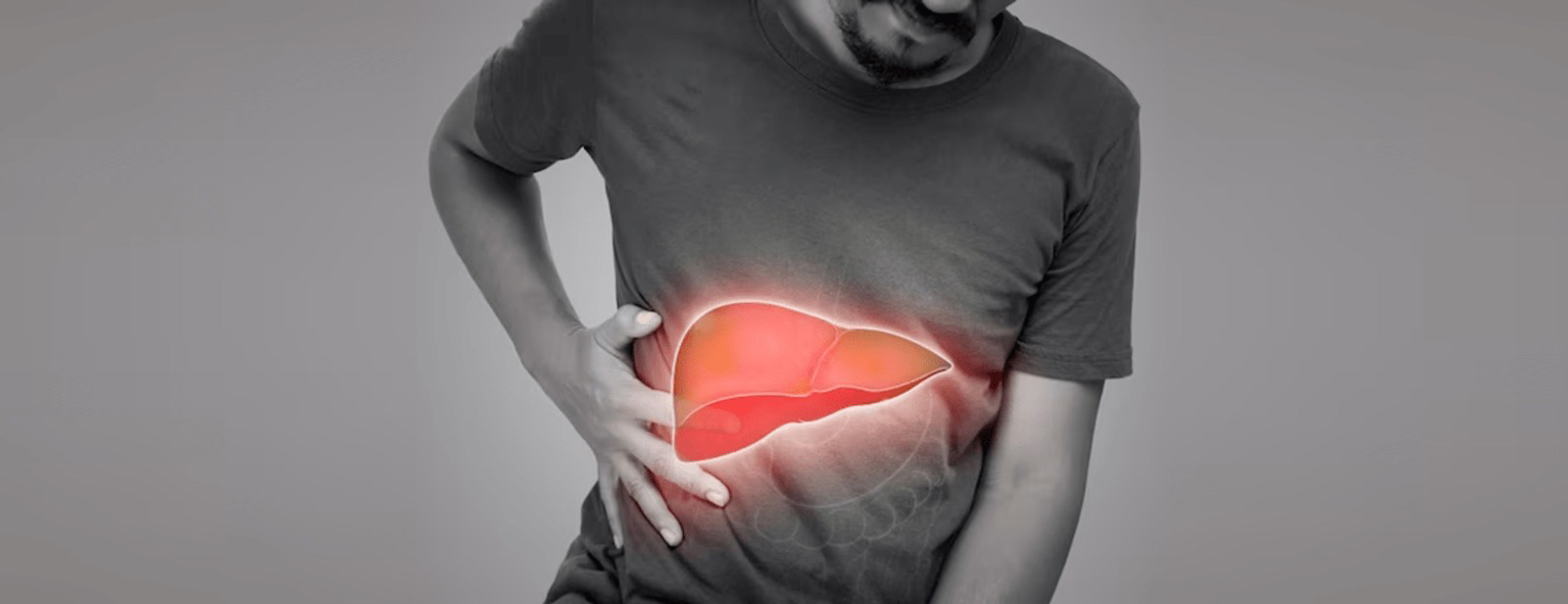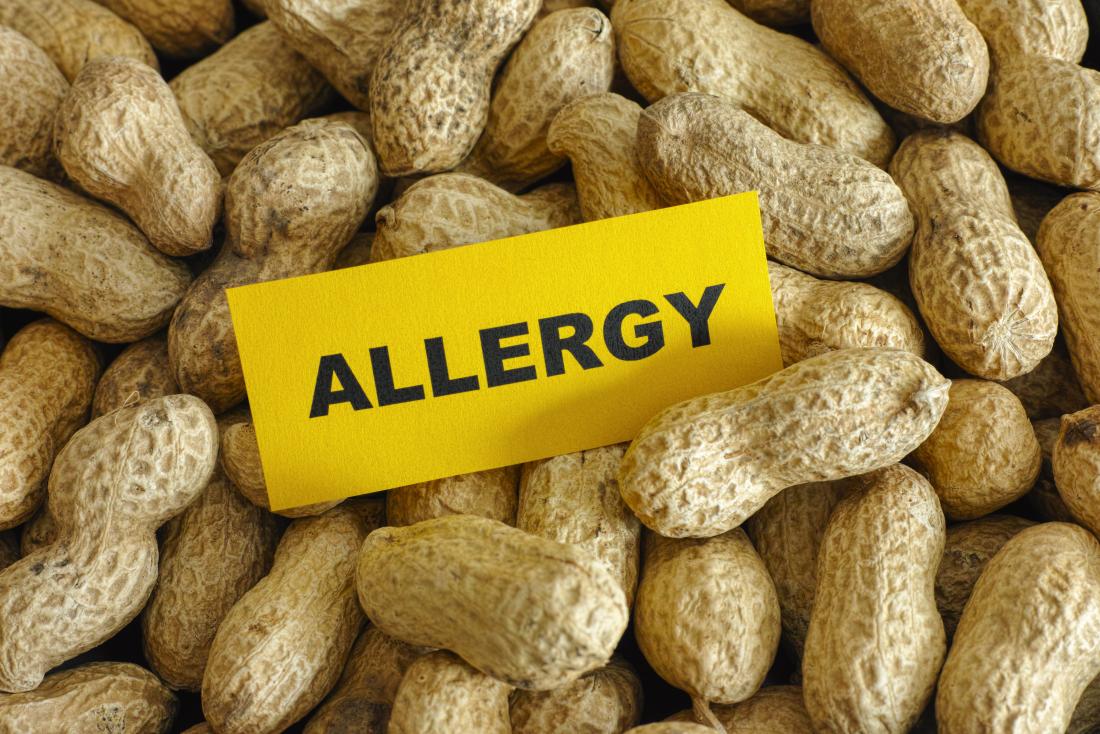A recent article published in Veterinary Pathology introduces a comprehensive nine-point checklist aimed at improving how studies using artificial intelligence (AI)-based automated image analysis (AIA) are reported. With AI tools becoming increasingly common in pathology research, concerns have grown about whether published findings are reproducible, transparent, and free from bias.
The checklist, developed collaboratively by veterinary pathologists, machine learning specialists, and journal editors, highlights the critical methodological elements that authors should disclose in their manuscripts. These include how datasets are assembled, the process of training AI models, approaches to evaluating model performance, and the nature of human–AI interaction during analysis. By standardizing these reporting practices, the initiative seeks to ensure that readers, reviewers, and other researchers can fully understand and assess how conclusions are reached.
The authors stress that open access to supporting materials—such as raw or annotated datasets, source code, and trained model weights—is essential. This transparency enables meaningful validation, facilitates peer review, and promotes the wider adoption of AI-driven techniques in diagnostic and research workflows. Clear communication of methods also helps reduce both cognitive and algorithmic bias, which can otherwise compromise study reliability.
“Transparent reporting is a cornerstone for reproducibility and a prerequisite for translating AI systems into everyday pathology practice,” the article notes. The guidelines are designed not only to help researchers prepare stronger submissions but also to aid reviewers and editors in evaluating them consistently.
These recommendations will be particularly valuable as Veterinary Pathology prepares for its upcoming special issue dedicated to artificial intelligence. By encouraging rigorous and open reporting standards, the journal hopes to foster trust, accelerate innovation, and bridge the gap between cutting-edge AI technology and routine veterinary pathology applications.








